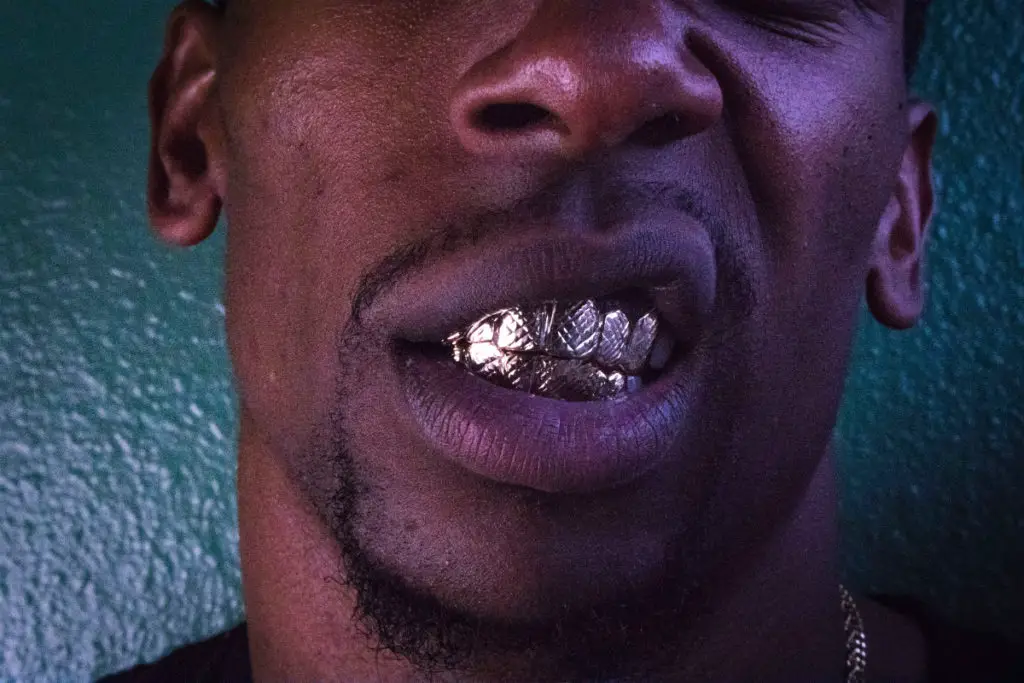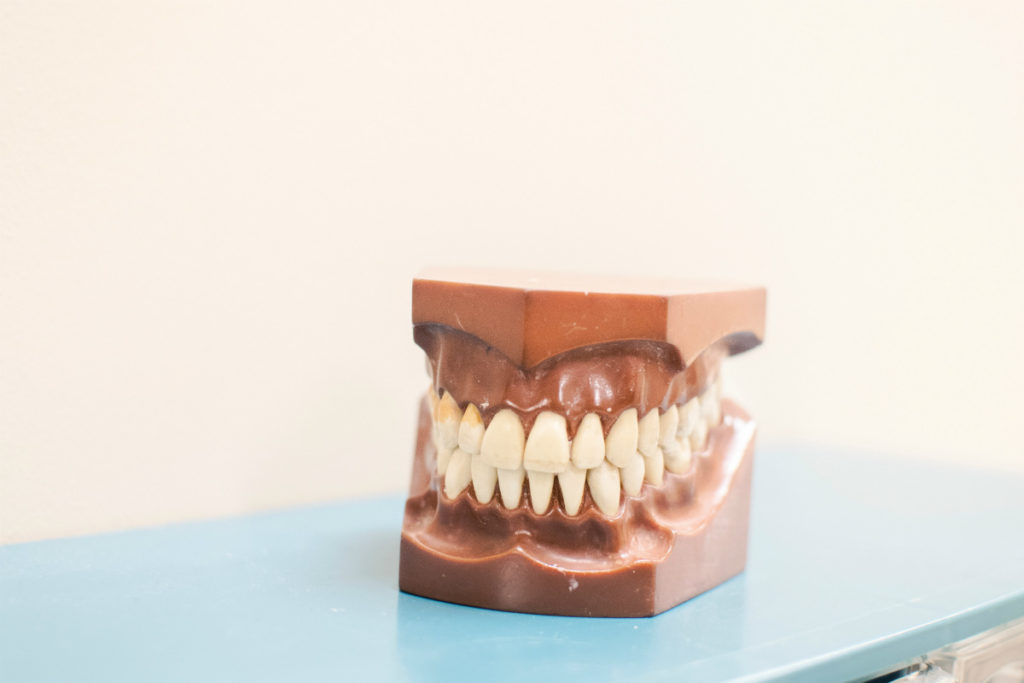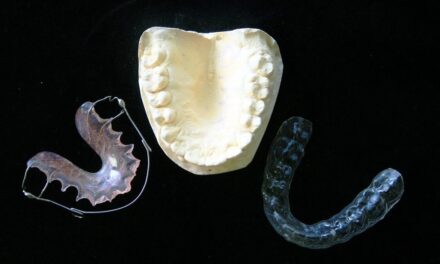There’s nothing vain about caring about your appearance, and your dental health and presentation are a critical part of that. It’s why people get braces, opt for jaw-alignment correction and buy whitening strips.
It’s also why people throughout history have chosen to go a flashier route with dental adornment.
From grills like the one featured in Nelly’s 2005 hit, “Grillz” to the quintessential pirate gold teeth exhibited by Johnny Depp in Pirates of the Caribbean, dental adornment has been around for a long time.
VICE’s Lauren Schwartzberg had a fantastic piece in 2014 on the ancient history of grills, giving insight into the role of dental adornment throughout human civilization. “Grills have been appearing, disappearing, and reappearing throughout human history in fits and spurts as civilizations have risen and fallen around the world,” she wrote. And that’s just one example.
In this piece, we move away from the modern expressions of dental aesthetics. Instead, we take a deep dive into how dental adornment has taken shape and why it has mattered since ancient times.
“Humans have something in common,” says Caroline Arcini, an anthropologist at the National Heritage Board in Sweden. “The desire to change their appearance—teeth included.”
Cosmetic Dentistry and Value
Of course, at the heart of this history is why humans have sought cosmetic surgery in the first place.
Schwartzberg speaks to that desire: “Today, grills project the definition of American wealth and social status—of what it means to live the American dream. While modern celebrities and the wealthy can afford to invest and hide their money away to protect it, they also feel the need to carry their money on their teeth to remind themselves and everyone else just how successful they are.”
This is the idea of desirability instead of value, as described by Dr. Susanna Harris in the journal World Archeology. This is the idea that if items — or appearance — are desirable, they also become valuable.
As we will see in this article, dental adornment has played that same role and scratched that same itch for centuries.

Dental Adornment Through Different Civilizations
The history of cosmetic dentistry seems to have begun almost 4,000 years ago. One example is from Southeast Asia, where archeologists have found gold caps and gold teeth in skeletons unearthed in The Philippines.
Surprisingly, the history of cosmetic dentistry does not include ancient Egyptians. While the archaeological evidence suggests ancient Egyptians removed teeth and even have prescriptions for dental pain, no research has shown the use of artificial teeth. But the ancient Egyptians, notes the history blog Ancient Pages, did give us the gift of toothpaste.
Across the Mediterranean were the Etruscans, an ancient civilization located in what is now Tuscany. The Etruscans may not have been the first to implement cosmetic dentistry, but they were certainly the best at it. “Luxury and wealth were important to the Etruscans, and it’s evident in their teeth,” writes the Coloradan pediatric dentistry operation A Wild Smile. “Etruscan skeletons revealed the use of rudimentary dental crowns made out of gold and put on top of teeth.”
Research has also shown that Etruscans had the first proven case of dental bridges, with artificial teeth banded together with gold wire. In some cases, this use of gold in dentistry went further for the wealthy. The well off among the Etruscans “wore what we would now think of as grills,” notes the Toothology blog.
“Some affluent women had their front teeth removed and were fitted with a gold band appliance (much like a dental bridge) for adornment that held a decorative gold tooth, reused teeth, or replacement teeth carved out of ivory.”
It’s not hard to image this form of dentistry as a status symbol within society at the time.
But cosmetic dentistry has not only been limited to the wealthy throughout history. There is also evidence that Vikings, those feared pillagers from the sea, engaged in the practice, as well. Mihai Andrei at ZMEScience goes into detail: “A Swedish anthropologist analyzed 557 Viking skeletons dating from A.D. 800 to 1050 and discovered that 24 of them bore deep, horizontal grooves across their upper front teeth. It’s the first time that dental modification (a practice found in many cultures around the world) was reported in Europe.”
Andrei goes on to say that the reason for this practice isn’t exactly clear to scholars, but that it was most likely a mark of achievement among the warrior Vikings, Thor News writes. The procedure was also completed with great skill. One thing we do know: The Vikings took great pride in their appearance.
Jump forward a few centuries, and we move past the Viking age and to the time of pirates sailing the seven seas. Most people think of pirates with gold teeth, but that’s a relatively inaccurate stereotype.
In reality, pirates sporting gold teeth may be more fiction than fact. According to TV Tropes, it is a common feature in pirates in fiction: “In Fictionland, [a gold tooth] can also be an indicator that a character is wealthy, but characters with gold teeth tend to be villains at least most of the time, perhaps because it can also be an indicator of greed, ostentation, and conspicuous consumption.”
None of our research has supported the idea that pirates had a specific love for gold teeth, however.

Dental Adornment and Cosmetic Dentistry
While not many adults these days opt for gold pirate teeth or sport a grill, many do want better self-confidence through a happy and healthy smile. The ideal of a better dental appearance may stem from the same drive for dental adornment, as Caroline Arcini highlighted above.
The Crest guide to oral health describes the goal of today’s cosmetic dentistry: “If your teeth are stained, discolored, worn, chipped, broken, misaligned, misshapen, or have gaps between them, modern cosmetic dentistry can give you a better smile. A ‘smile makeover’ improves the appearance of your smile through one or more cosmetic dentistry procedures.”
Dr. Priyadarshini, Dr. Premlata and Dr. Chirom argue that this kind of “want-based” dentistry has supplanted “need-based” dentistry among many patients, who not only seek to treat problems (cavities, for example) but to enhance and optimize the “the aesthetic appearance of already healthy teeth.”
Further, many people simply wish to bring a naturally pleasing look to their oral health. The word aesthetic ”derives from a Greek word meaning the feeling and perception of nature and organic formations,” notes Dr. Reed Ferrick at Ferrick Team Dentistry. “Therefore, aesthetic dentistry transformations are those that aim to mimic and recreate nature, aka natural human appearances.”
Cosmetic dentistry may not be the same as a dental adornment of yesteryear, but it can certainly go a long way toward boosting one’s self-confidence and health. Whether you opt for gold teeth or orthognathic surgery, you want your teeth to look good — and to feel good about them.
Images by: outsiderzone/©123RF Stock Photo, Alex Alexander, Nhia Moua









